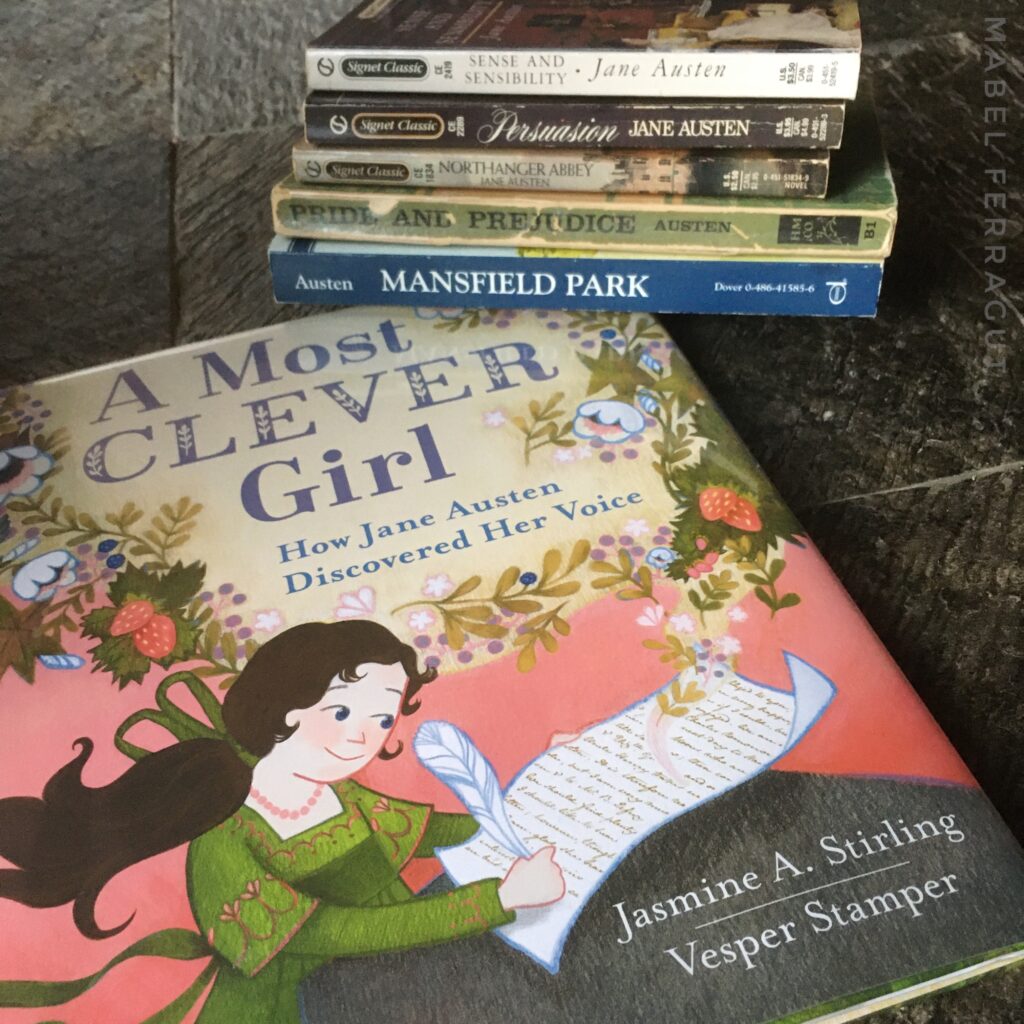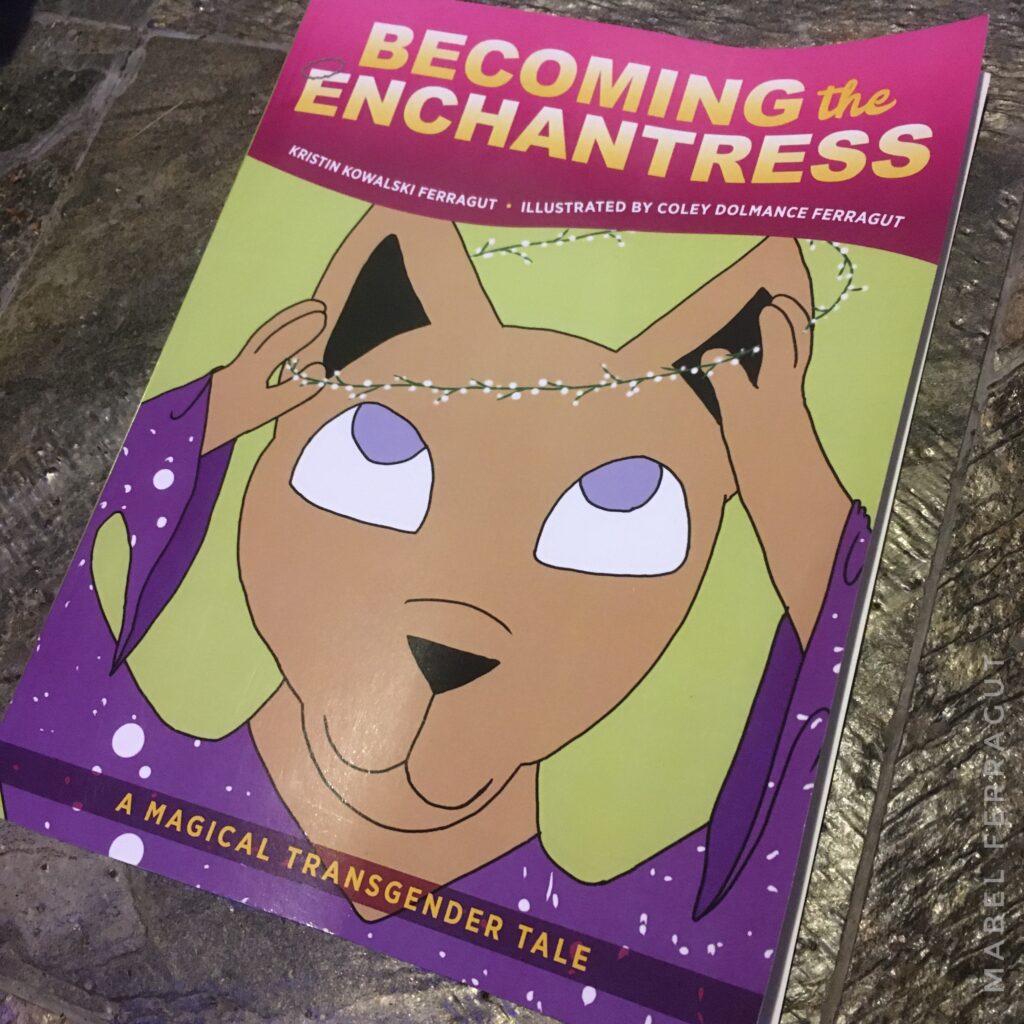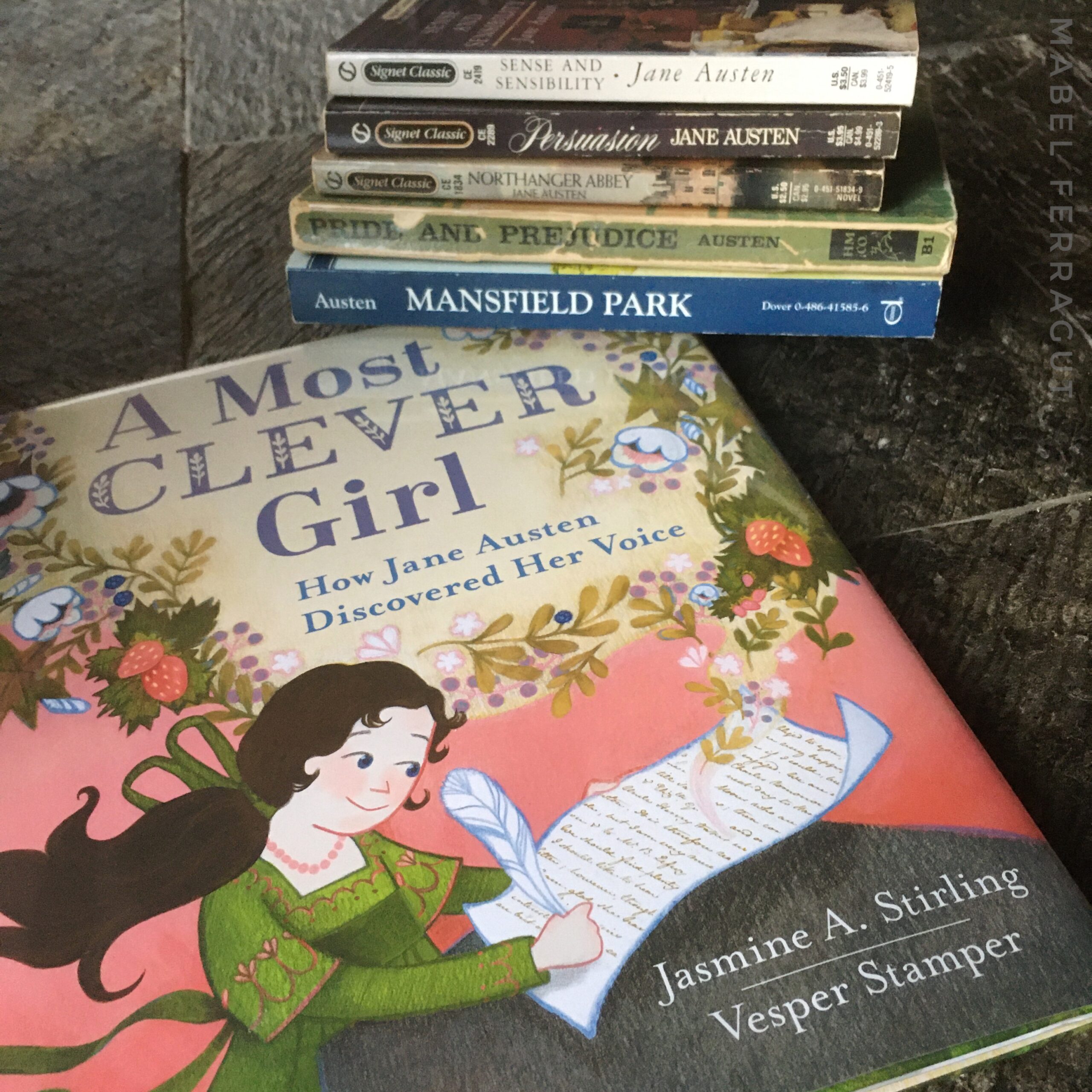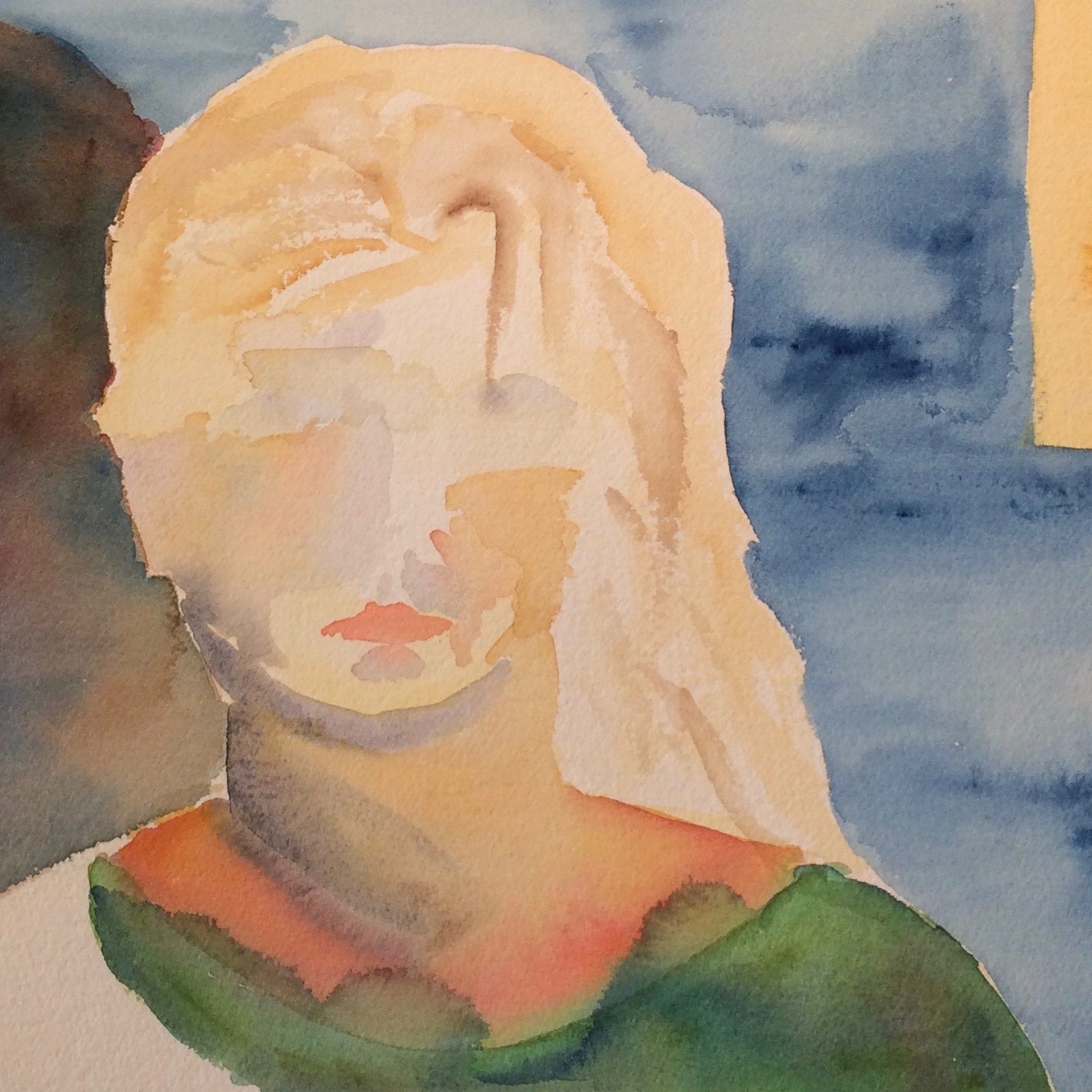One of the problems with my kids growing up is that they no longer read picture books, which means I no longer have an excuse to buy picture books. Normally, these books aren’t even on my radar anymore. But in the mysterious labyrinth of connections that happen through podcasts and Instagram, I found out about the publication of a picture book that piqued my interest: A Most Clever Girl: How Jane Austen Discovered Her Voice by Jasmine A. Stirling, illustrated by Vesper Stamper.

So I requested the book from my library and waited. I must admit I was impatient. Stirling’s and Stamper’s instagram posts around the launch had built up some anticipation. Finding a book this way is wholly different from my childhood experience of going to the library and walking down aisles of picture books, each spine holding the possibility of magic inside. Getting a picture book to read on my own is also quite different from the fun of reading picture books to my kids when they were young enough to sit enthralled. But in some ways, the delight of a good book is the same, no matter how we come to it.
I loved A Most Clever Girl. My heart is still warm from reading it. Stirling crafts a wonderful story that focuses on how Jane Austen developed and matured in her creativity, with a warm family and clever wit. Having long been curious about Austen’s creative life, I enjoy Stirling’s focus on Jane discovering her voice. So much of what I’ve read about Austen focuses on her trials and tribulations, and her death at the relatively young age of 41. Stirling imagines Austen living a vibrant childhood and creating the books we love. It brings Austen to life in a new, delightful way.
Not that the story shies away from telling about the difficulties in Jane’s life and how they affected her creative output. Stirling acknowledges the dark times, weaving them into the story of how Jane matured as a writer. How great for a creative person, child or adult, to see that difficulties play a role in enriching the creative process.
And the illustrations are incredible—warm and detailed and vibrant. They make me smile. They deepen and round out the story, engaging in a conversation with the text.
Does the fact that a book has beautiful pictures make it less relevant for adults? Does the distilled text of a short book make it less impactful? I say, No! to both questions. A good book is a good book, no matter the format. I may not be the target reader for A Most Clever Girl, but it touched my heart just the same.

When my kids outgrew their picture books, I did not let them throw out their old favorites. Instead, I added them to my library. If they want them back when they’re old enough to appreciate them again, I’ll hand them over (and get myself new copies). Otherwise, they’ll stay with me, along with the rest of my collection, including my now-taped-together Pride and Prejudice, bought for 65¢ at a Manhattan farmer’s market.
I’ll be returning my copy of A Most Clever Girl to the library soon, but I think a new copy may be arriving on my doorstep. My home library needs to know how Jane Austen discovered her voice.
Do you have a favorite picture book in your collection?

P.S. In a different vein, I’ve recently purchased the picture book Becoming The Enchantress: A Magical Transgender Tale by a mother-daughter team close to my heart: my sister-in-law, Kristin Kowalski Ferragut, and niece, Coley Dolmance Ferragut. It’s a story that helps families deal with a potentially challenging situation. Check it out!


Thank you for your wonderful review!
My pleasure! I sooo enjoyed your book—a true delight 💕